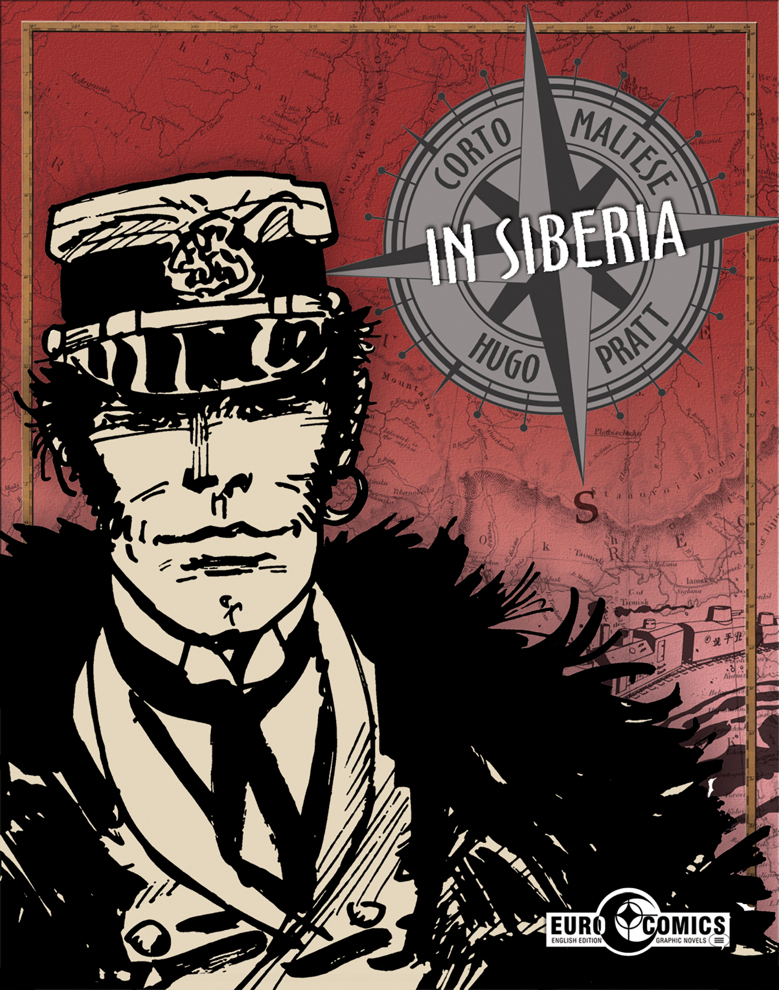
The IDW imprint, EuroComics, continues their impressive translations of Hugo Pratt’s famous Corto Maltese’s adventures. Corto Maltese: In Siberia follows the previously translated Beyond the Windy Seas, Celtic Tales and The Ethiopian. These stories follow Corto Maltese — sea captain, rogue, pirate and adventurer —  around the world in the early decades of the 20th Century.
Written by Hugo Pratt in the 1970’s in French and Italian, the author was almost as well traveled as his famous creation. Raised in Venice, Pratt lived in Ethiopia, Argentina, England, France and Switzerland. His experiences in these countries and the people he met in them all inform his characters in his comics.
The adventures of Corto Maltese in Siberia, are a throwback to the adventure serials of the 1930’s informed with a better world view. They remind me a lot of Alex Toth’s Bravo for Adventure. Although now that I’ve written that; it becomes clear to me that I should reverse that since Toth was clearly influenced by Pratt. Maybe not. The two were very active at the same time and clearly influenced each other.
Anyway, Corto Maltese is hired by the Red Lantern Triad to steal a trainload of Imperial Russian gold that the White Russians stole from the Bolsheviks after they killed the Czar and his family. He mission is the worst kept secret in all of China as he and his co-adventurer Rasputin (maybe that Rasputin) are quickly set upon by a rival gang while at sea on a leaky junk. From there he faces setback and help and inevitable betrayal.
Corto Maltese is very like Indiana Jones without the pretense that anything he recovers belongs in a museum. They both share the same pulp sensibilities of the 30s with some noir sensibilities and a decadent twist of the 70s thrown in. The art is all black and white, but I really enjoyed the detailed work of Pratt’s art. If you aren’t headed to your comic book shop to pick this trade paperback, by this point, I don’t know if there is anything else I can say to convince you. It is a great read for a snowbound winter weekend.
[yasr_overall_rating]
Writter: Hugo Pratt
Artist: Hugo Pratt
Publisher: EuroComics
Author Profile
- Sent from the future by our Robot Ape overlords to preserve the timeline. Reading and writing about comics until the revolution comes. All hail the Orangutan Android Solar King!
Latest entries
